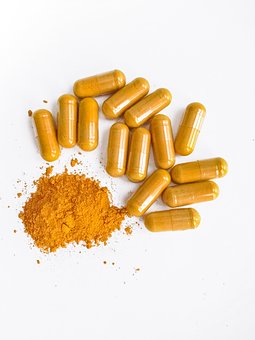A study conducted by a team of Italian researchers and recently published in J Cell Physiol showed how the curcumin is able to play a protective role towards Retinal Pigmented Epithelium (EPR) cells exposed to high glucose concentrations.
High glucose levels are often found in individuals with inadequately compensated diabetes and, in particular, in individuals with diabetic retinopathy (DR), one of the most serious and frequent ocular complications of diabetes mellitus, both type 1 and type 2. DR, in fact, is the main cause of vision loss in diabetic subjects between the ages of 20 and 75 years and is the result of damage to the EPR, a layer of retinal cells that have the function of protecting and ensuring the proper function of the photoreceptors (the cells responsible for vision).
In the presence of high glucose levels, i.e. under hyperglycaemic conditions, oxidative and inflammatory stress leads to the death of EPR cells, according to a mechanism that in biology is called 'apoptosis'. However, there are certain compounds, including natural ones, that have the ability to counteract oxidative damage and protect retinal pigment epithelium cells.
Curcumin, an element extracted from the root of the curcuma longahas been shown to have beneficial effects in terms of improving cell survival of EPR cells.
To better understand how high glucose levels can lead to activation of the apoptotic process, i.e. cell death, and to verify the protective efficacy of curcumin, the researchers exposed EPR cells to low or high concentrations of glucose with or without curcumin.
The results showed that cells exposed to high concentrations of glucose and without curcumin showed clear signs of cell death, while the same cells treated with curcumin showed only slight DNA damage.
In particular, curcumin was able to significantly decrease the concentration of reactive oxygen species, lower the levels of an enzyme, lactate dehydrogenase (LDH), which is an indicator of both acute and chronic tissue damage, and finally reduce the levels of a cytokine involved in inflammatory processes. These data suggest, therefore, how the curcumin may have a therapeutic role in the treatment of DR.
Source:
Bucolo C et al. Curcumin prevents high glucose damage in retinal pigment epithelial cells through ERK1/2?mediated activation of the Nrf2/HO?1 pathway. J Cell Physiol. 2019;1-10.
Dr. Carmelo Chines
Direttore responsabile

